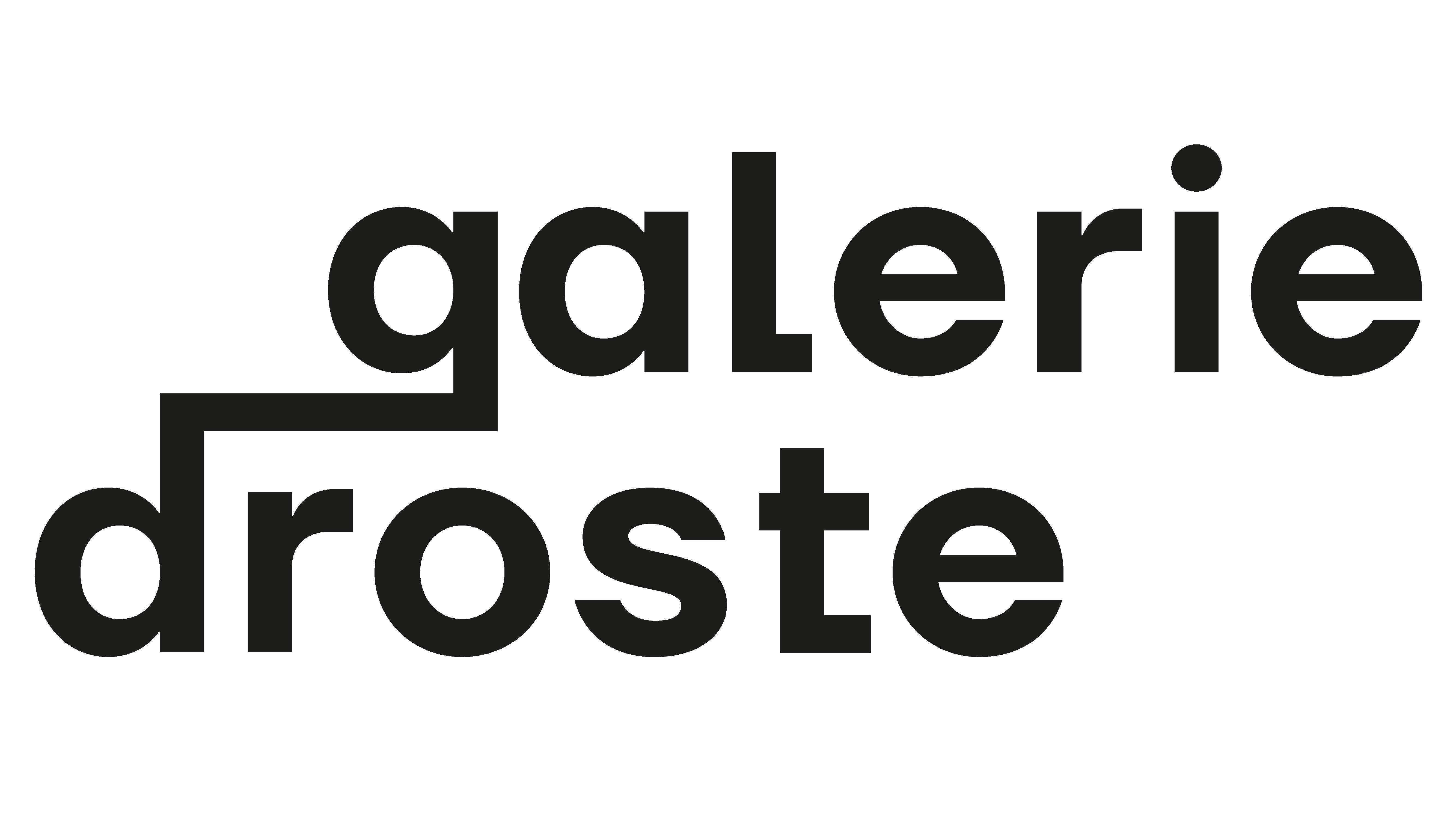Growing up in Milwaukee, Wisconsin, Andrew Schoultz was part of a hard-working middle-class, who always felt the full force of political changes in the United States of America. His move to San Francisco within the 90’s was a game-changer for the artist, as he could break free of the conservative confinements of his home town and dip into the uprising graffiti and skateboard scene of the Bay Area. Schoultz was already interested in both subcultures before and after his arrival he quickly established himself as a professional skateboarder and built up a reputation as a serious graffiti writer. He spent 17 years in this vibrant city, before he moved to Los Angeles four years ago, and his works are still omnipresent, especially his murals on San Francisco’s streets. These days, Andrew Schoultz is more known as an internationally renowned artist, working with fine art galleries, art museums and institutions all over the world. During the last 20 years, his artworks broke out of the street art and graffiti scene and into the contemporary art-market, never losing touch to his unchanged purpose of doing art - creating a political commentary.
Schoultz has a pictorial approach to social and political commentary and represents a comprehensive, historical position with his densely-layered paintings, exploring patterns in history related to war, natural disasters and globalization. Inspired by underground comics, graffiti, German map-making, the archaic illustrations of the Nuremberg Chronicle of 1492, and Persian Miniatures to name a few, the artist’s work is profoundly chaotic both visually and thematically. Schoultz’s work lacks overt references to singular historical events, but rather explores a collective unrest, pulling from disparate global affairs and histories such as the wars in Iraq and Afghanistan, the 2016 U.S Election, the rise of China as an economic giant, natural disasters, the pangs of the recession in the United States, to the fall of the Persian and Roman Empires. This broad range of historical references in the artist’s work speaks not only of Schoultz’s conglomerated themes and influences, but also points to the artist’s interest in the cyclical nature of history, as illustrated through his juxtaposition of primitive and modern symbolism.


